Securing a container to a chassis is a critical process in the transportation and logistics industry, ensuring the safe and efficient movement of goods across various terrains and distances. At CarMax Trailer, we understand the intricacies involved in this process and have developed industry-leading solutions to meet diverse shipping needs. This guide delves into the essential steps, best practices, and advanced techniques for securely attaching a container to a chassis, enhancing both safety and operational efficiency.
Understanding the Basics: Containers and Chassis
Before diving into the securing process, it’s vital to grasp the fundamental components involved.
Container Types
Containers come in various sizes and configurations, each designed to cater to specific cargo requirements. The most common types include:
- Dry Containers: Standard containers used for general cargo.
- Refrigerated Containers (Reefers): Designed for perishable goods requiring temperature control.
- Open-Top Containers: Suitable for oversized cargo that cannot fit into standard containers.
- Flat Rack Containers: Ideal for heavy machinery and bulk materials.

Chassis Overview
A chassis acts as the trailer’s framework, providing the necessary support and mobility for the container. Key types include:
- Standard Chassis: Suitable for most 20-foot and 40-foot containers.
- Extended Chassis: Designed for longer containers or those requiring additional support.
- Removable Deck Chassis: Offers flexibility for handling different container types.
Step-by-Step Guide to Securing a Container to a Chassis
Securing a container to a chassis involves a systematic approach to ensure stability and safety during transit. Here’s a detailed breakdown of the process:
1. Preparation and Inspection

a. Inspect the Chassis
- Structural Integrity: Check for any signs of damage or wear on the chassis.
- Brake Functionality: Ensure brakes are operational and responsive.
- Tyre Condition: Verify that tyres are inflated to the recommended pressure and free from defects.
b. Inspect the Container
- Structural Soundness: Examine the container for dents, rust, or any damage that could compromise its integrity.
- Doors and Seals: Ensure that doors close properly and seals are intact to prevent cargo loss or weather ingress.
2. Positioning the Container on the Chassis
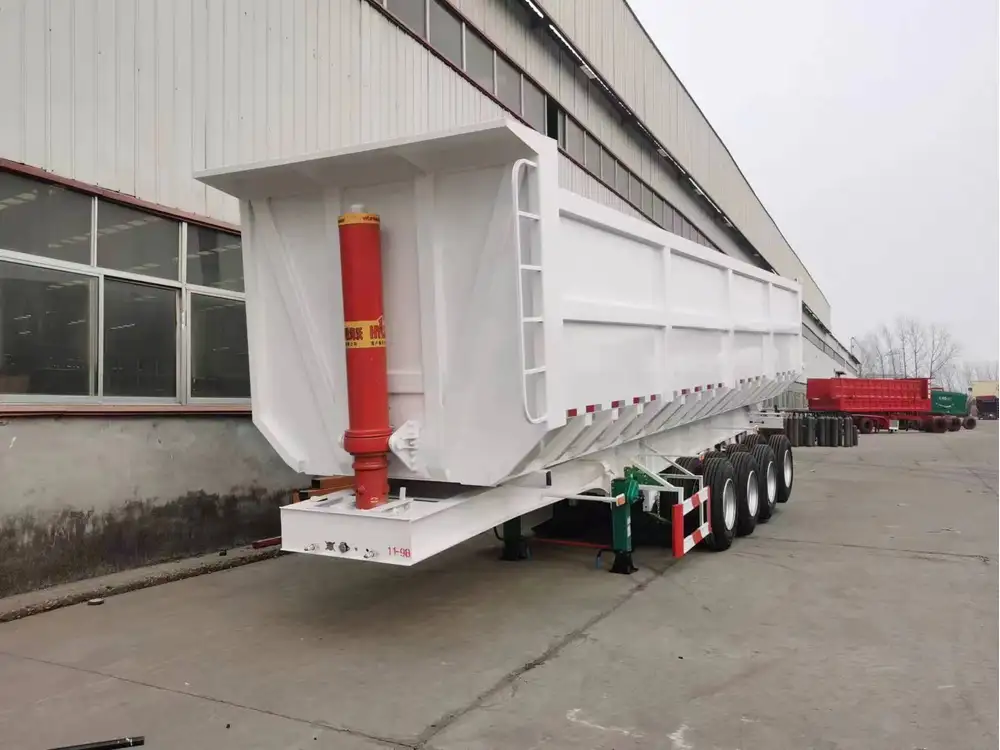
a. Aligning the Corner Castings
- Corner Castings Identification: Locate the top four corner castings on the container.
- Alignment with Chassis: Carefully maneuver the container so that each corner casting aligns with the corresponding twist locks on the chassis.
b. Lowering the Container
- Even Weight Distribution: Lower the container evenly to ensure balanced weight distribution.
- Monitoring Clearance: Maintain adequate clearance between the container and chassis to prevent scraping or misalignment.
3. Engaging the Twist Locks
Twist locks are pivotal in securing the container to the chassis. Here’s how to properly engage them:
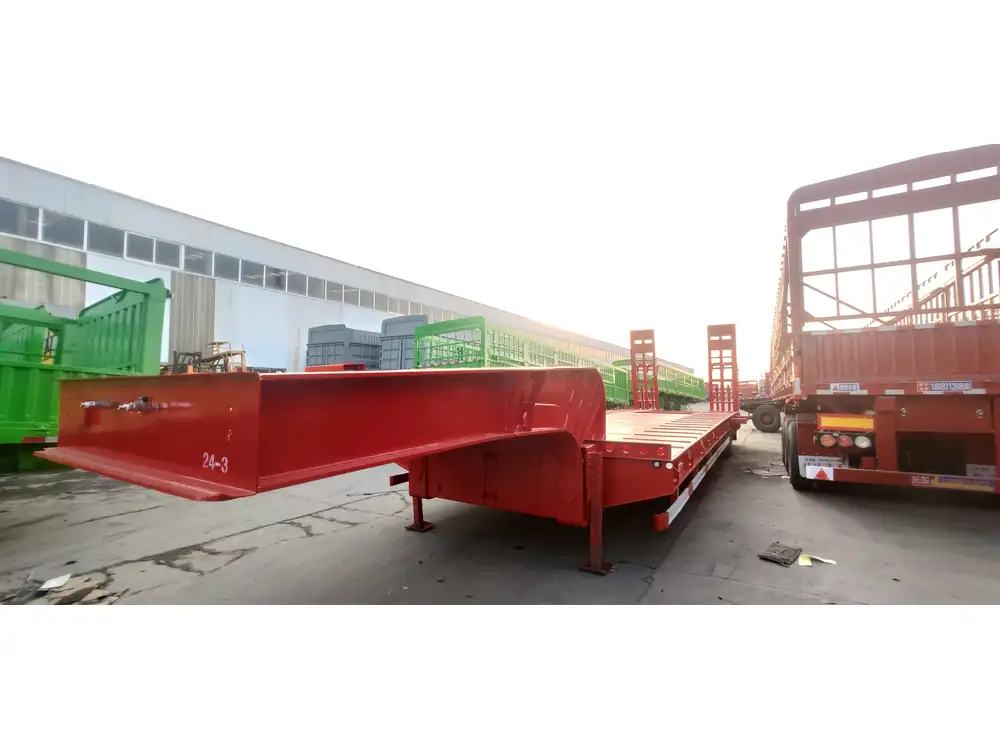
a. Manual Operation
- Hand-Fired Twist Locks: Common in standard chassis, these require manual engagement.
- Engagement Process: Rotate the twist lock into the corner casting until it locks securely.
b. Automated Twist Locks
- Hydraulic Twist Locks: Available in advanced chassis models, allowing for quicker and more precise engagement.
- Safety Features: These often include indicators to confirm proper locking.
4. Securing the Container with Additional Restraints
While twist locks provide primary security, additional restraints enhance stability:
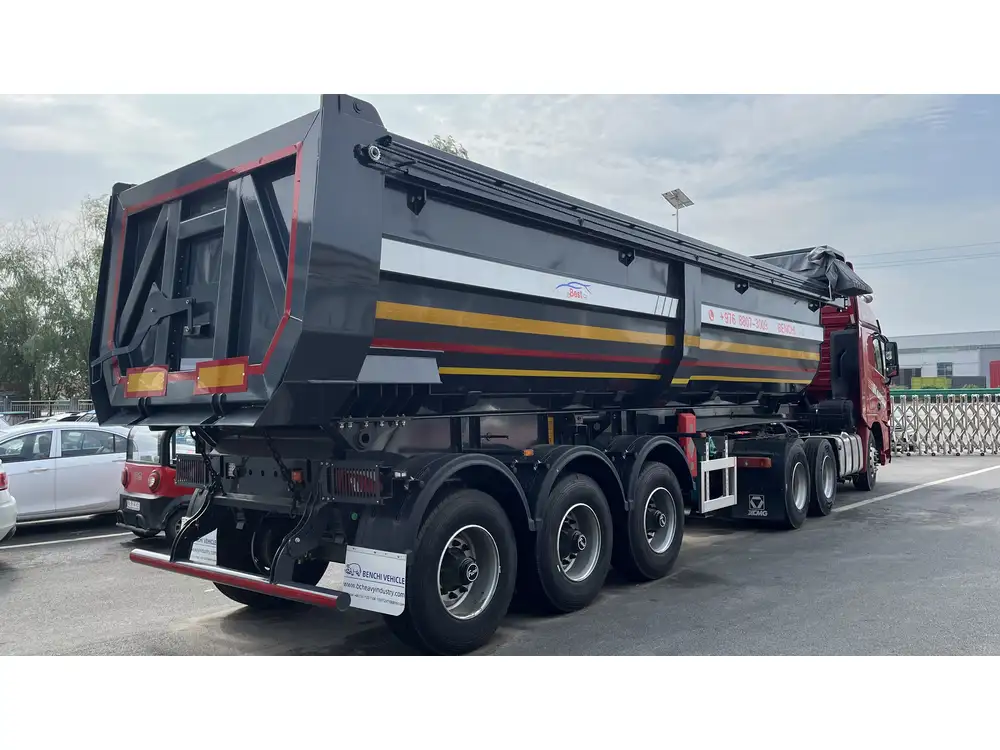
a. Lashing Rods and Chains
- Placement: Attach lashing rods horizontally across the container to prevent lateral movement.
- Tensioning: Ensure chains are properly tensioned without over-tightening, which could damage the container.
b. Lever Straps
- Application: Use lever straps to secure the container’s doors tightly, ensuring they remain closed during transit.
- Inspection: Regularly check the tightness of straps throughout the journey.
5. Final Safety Checks
Before setting off, conduct a thorough inspection to confirm all securing mechanisms are properly engaged:
- Twist Lock Indicators: Verify that all twist locks show a locked position, often indicated by a visible notch or indicator.
- Restraint Systems: Double-check the tension and placement of lashing rods, chains, and straps.
- Container Stability: Gently shake the container to ensure there is no unwanted movement.
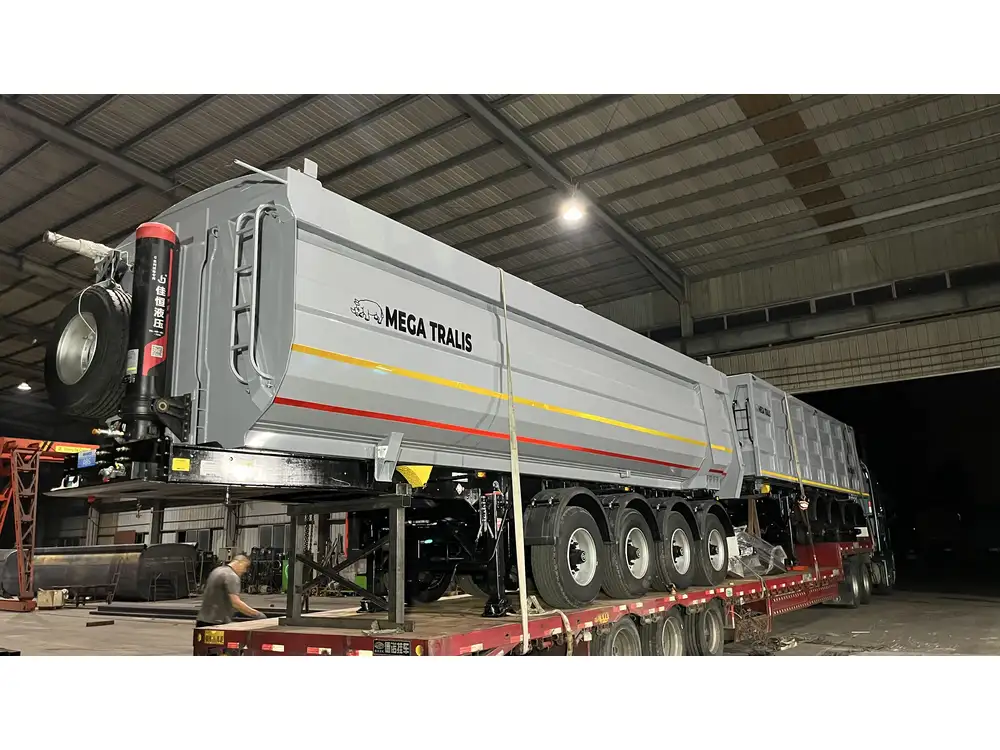
Best Practices for Securing Containers to Chassis
Adhering to best practices minimizes the risk of accidents and cargo loss. Here are essential tips for effective securing:
1. Use Quality Equipment
Invest in high-quality twist locks, lashing equipment, and chassis components. Superior materials ensure durability and reliability under various conditions.
2. Regular Maintenance
- Chassis Maintenance: Perform routine checks and maintenance on chassis to prevent mechanical failures.
- Container Maintenance: Maintain containers to prevent rust, structural damage, and ensure airtight seals.

3. Training and Certification
Ensure that personnel involved in loading and securing containers are adequately trained and certified. Proper training reduces human error and enhances overall safety.
4. Compliance with Regulations
Stay informed about and comply with local and international regulations governing container transport. This includes weight limits, securing standards, and safety protocols.
5. Documentation and Inspection Logs
Maintain detailed records of inspections, securing methods used, and any maintenance performed. Documentation aids in tracking performance and addressing issues promptly.

Advanced Techniques and Innovations
The transportation industry continuously evolves, introducing advanced techniques and technologies to enhance container securing methods.
1. Automated Securing Systems
Technological advancements have led to the development of automated twist lock systems, which streamline the securing process and reduce manual labor.
2. Real-Time Monitoring
Integrating sensors and IoT devices allows for real-time monitoring of container stability, providing immediate alerts in case of shifts or loosening restraints.
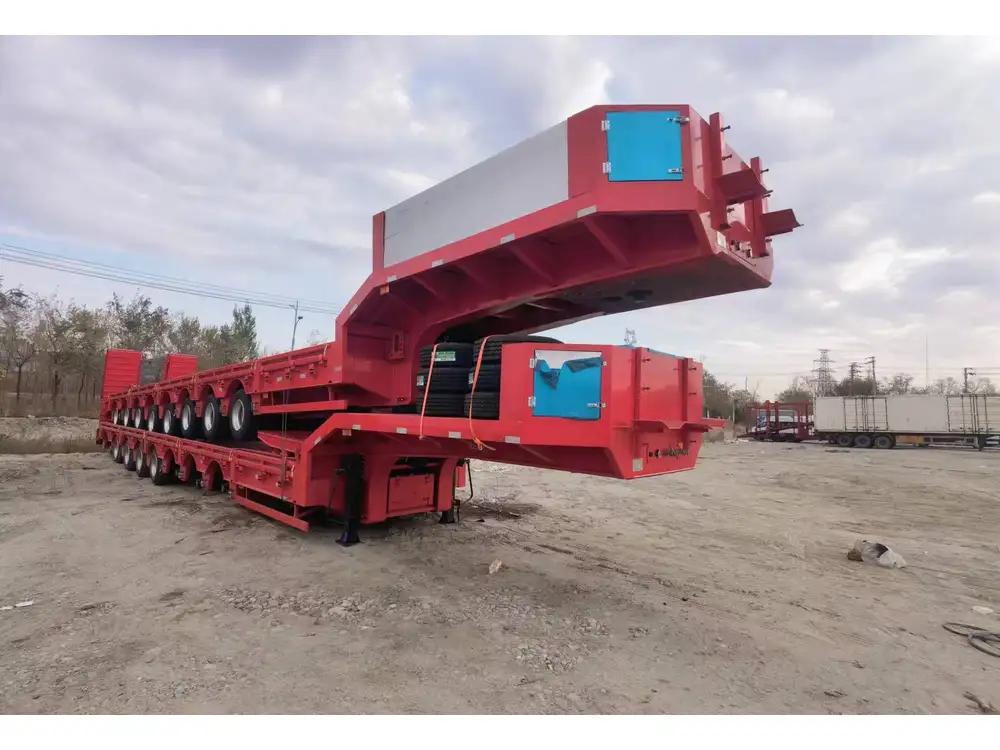
3. Enhanced Material Solutions
Innovations in materials science have produced lighter yet stronger components for chassis and securing equipment, improving fuel efficiency and load capacity without compromising safety.
Troubleshooting Common Issues
Even with meticulous securing, issues may arise during transportation. Here’s how to address common problems:
1. Twist Lock Failures
- Cause: Wear and tear, improper engagement, or mechanical defects.
- Solution: Regularly inspect twist locks for damage, ensure proper engagement during securing, and replace faulty units promptly.
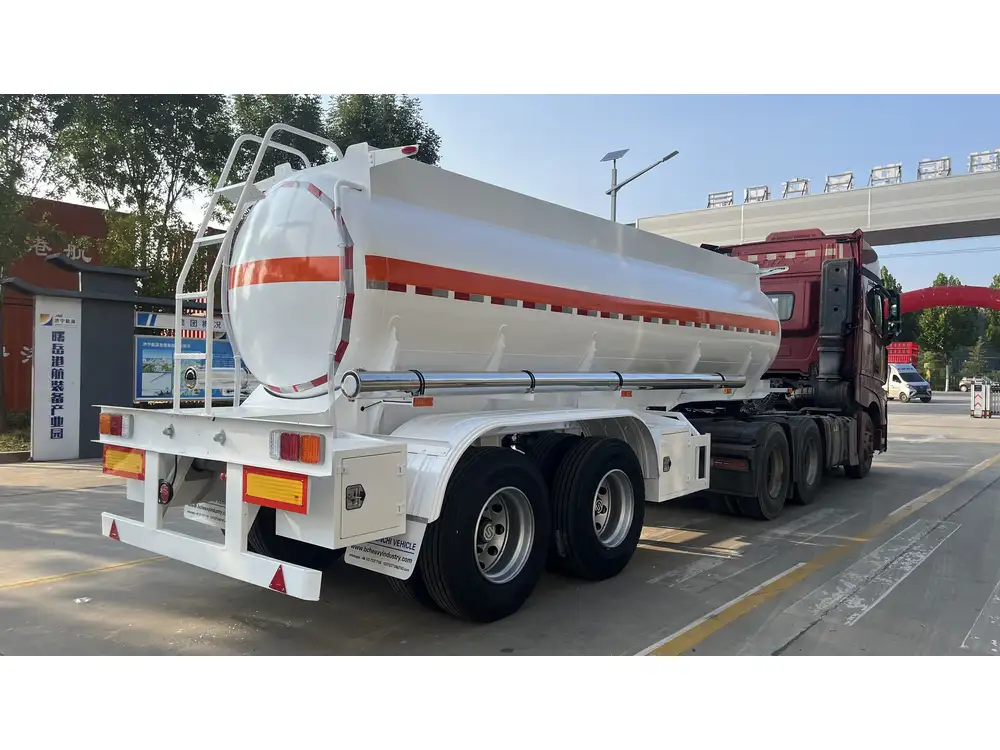
2. Container Shifting
- Cause: Insufficient restraints, uneven loading, or sudden movements.
- Solution: Enhance restraint systems, distribute cargo evenly, and employ anti-shift mechanisms to maintain container stability.
3. Brake Malfunctions
- Cause: Lack of maintenance, overheating, or mechanical failure.
- Solution: Conduct routine brake inspections, ensure cooling systems are functional, and replace worn brake components as needed.
The CarMax Trailer Advantage
Choosing CarMax Trailer means partnering with a leader in container chassis manufacturing, renowned for quality, innovation, and reliability. Our chassis designs incorporate the latest advancements, ensuring optimal performance and ease of use in securing containers. Here’s what sets us apart:

1. Superior Build Quality
Our chassis are constructed using high-grade materials, ensuring durability and longevity even under demanding conditions.
2. Innovative Features
CarMax Trailer offers chassis with automated twist lock systems and integrated monitoring solutions, providing enhanced security and operational efficiency.
3. Customization Options
We understand that every shipping requirement is unique. Our customization options allow for tailored chassis solutions to meet specific container types and operational needs.

4. Comprehensive Support
From initial consultation to post-purchase support, CarMax Trailer provides comprehensive assistance, ensuring that our clients achieve seamless and secure container transportation.
Case Studies: Successful Applications of CarMax Trailer Solutions
Case Study 1: Enhanced Efficiency for a Logistics Company
A leading logistics firm faced challenges with container securing time, leading to delays and increased labor costs. By integrating CarMax Trailer’s automated twist lock chassis, the company reduced securing time by 40%, enhancing overall efficiency and reducing operational costs.
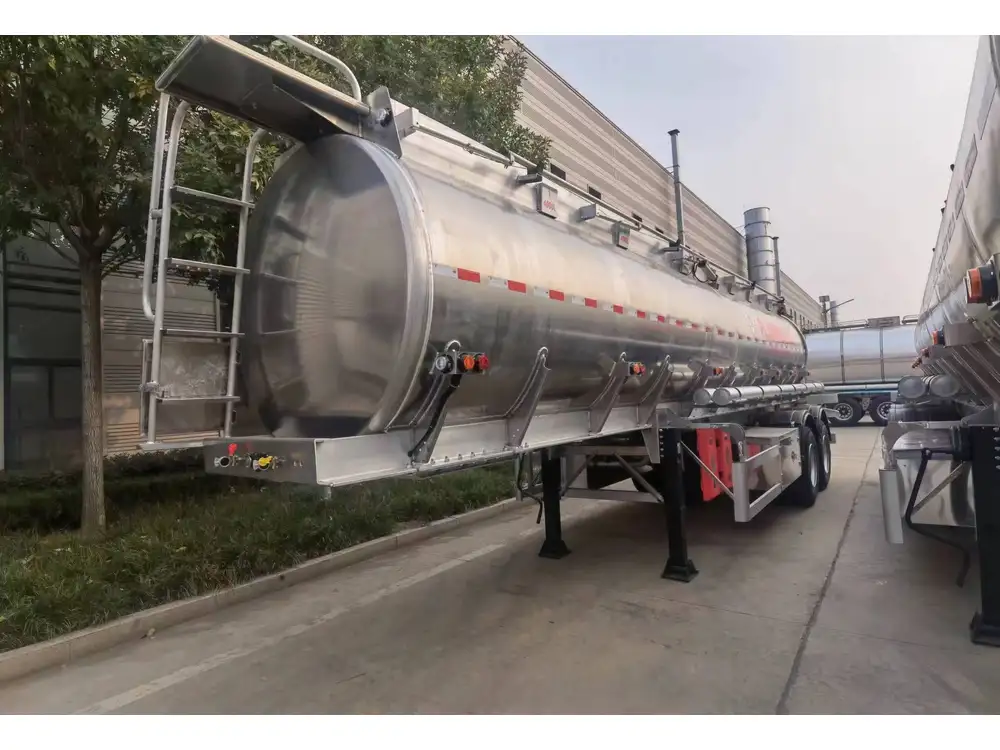
Case Study 2: Improved Safety Standards for Hazardous Materials Transport
Transporting hazardous materials requires stringent safety measures. CarMax Trailer provided specialized chassis with reinforced securing mechanisms and real-time monitoring, ensuring compliance with safety standards and minimizing risks during transit.
Future Trends in Container Securing
As the transportation industry moves towards greater automation and sustainability, future trends in container securing include:
1. Smart Securing Systems
Integration of AI and machine learning to predict and prevent securing failures, optimizing container stability dynamically during transit.
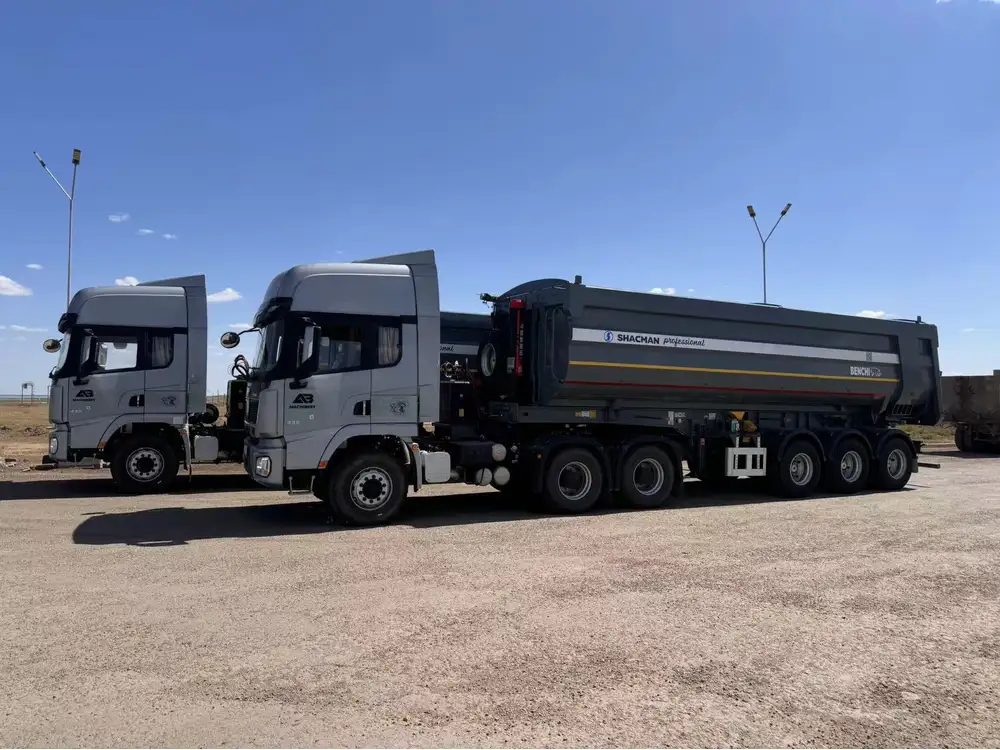
2. Sustainable Materials
Development of eco-friendly materials for chassis and securing equipment, reducing environmental impact without compromising performance.
3. Autonomous Loading Systems
Advancements in robotics to automate the container loading and securing process, increasing speed and reducing human error.
Conclusion
Securing a container to a chassis is a multifaceted process that requires precision, knowledge, and the right equipment. At CarMax Trailer, we are committed to providing top-tier chassis solutions that ensure the safe and efficient transport of containers. By following the outlined steps and best practices, leveraging advanced technologies, and partnering with industry leaders like CarMax Trailer, you can enhance your logistics operations, ensuring that your cargo reaches its destination securely and on time.
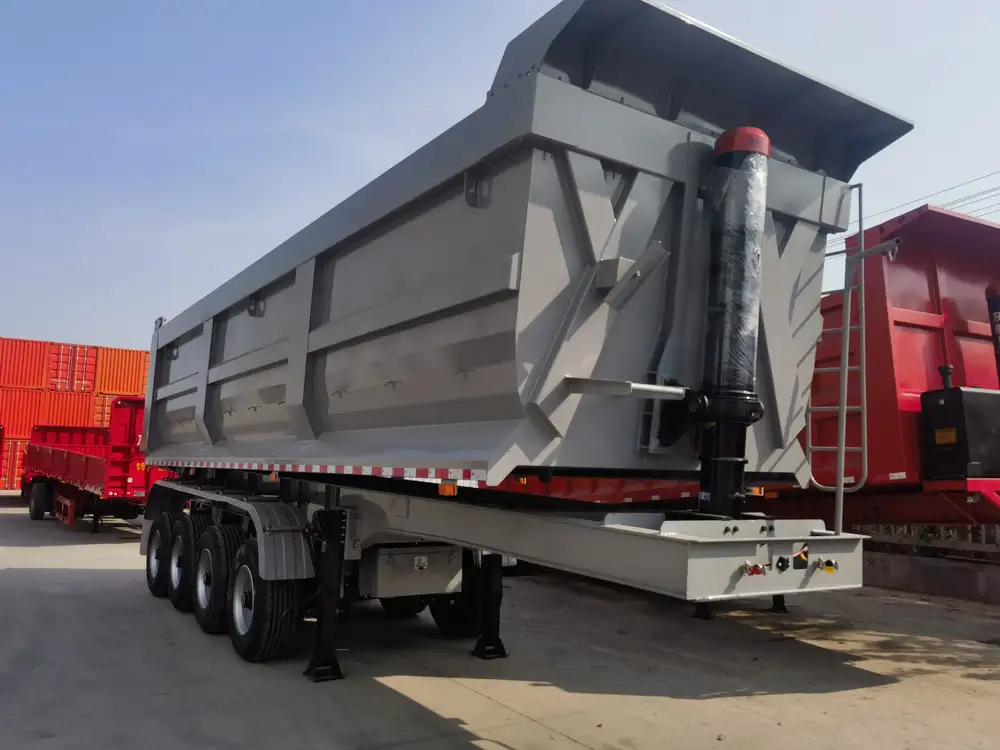
Frequently Asked Questions
1. What are the key differences between manual and automated twist locks?
Manual twist locks require manual engagement and offer simplicity, suitable for standard operations. Automated twist locks, on the other hand, utilize hydraulic or electric systems for quicker and more precise locking, enhancing efficiency and reducing manual labor.
2. How often should I inspect my chassis and securing equipment?
Regular inspections are crucial. It is recommended to inspect chassis and securing equipment before each use, conduct thorough maintenance checks weekly, and perform detailed inspections monthly to ensure optimal performance and safety.
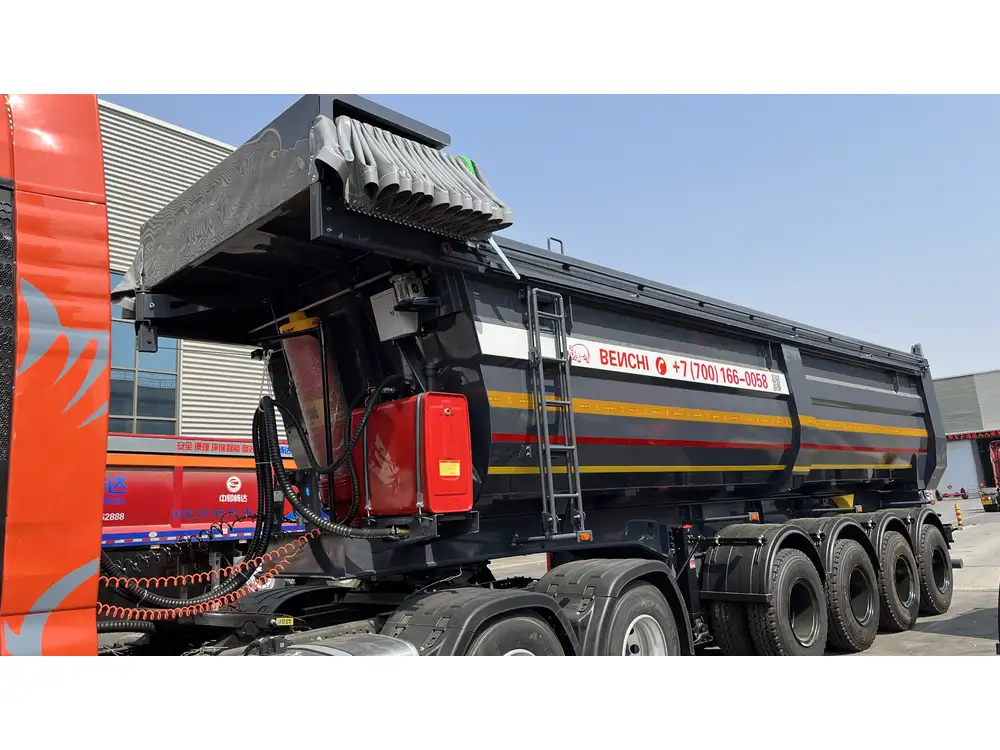
3. Can CarMax Trailer chassis accommodate all types of containers?
Yes, CarMax Trailer offers a diverse range of chassis designed to accommodate various container types, including standard, refrigerated, open-top, and flat rack containers. We also provide customization options to meet specific transportation needs.
4. What should I do if I notice a securing mechanism is loose during transit?
Immediately secure your vehicle in a safe location and inspect the loosened mechanism. Tighten or replace the securing component as necessary. It is essential to address any looseness promptly to prevent cargo shifting or accidents.
5. Are there specific regulations for securing containers that I should be aware of?
Yes, regulations can vary by country and region but generally include standards for weight distribution, securing methods, and equipment specifications. Always consult local transportation authorities and ensure compliance with international guidelines such as those set by the International Maritime Organization (IMO).



